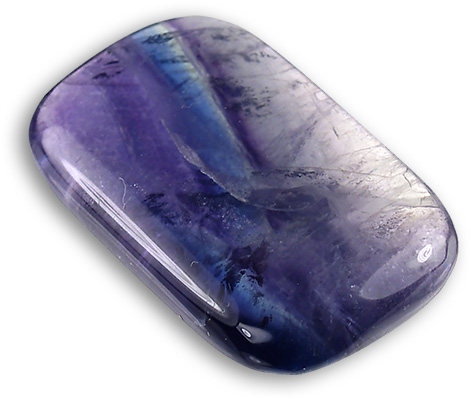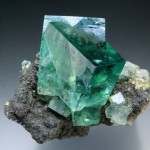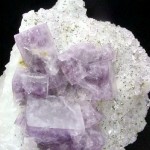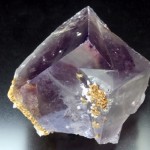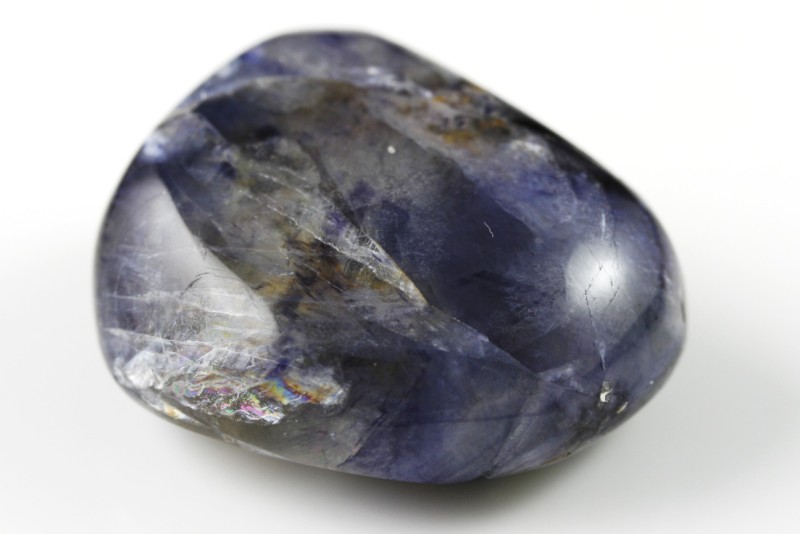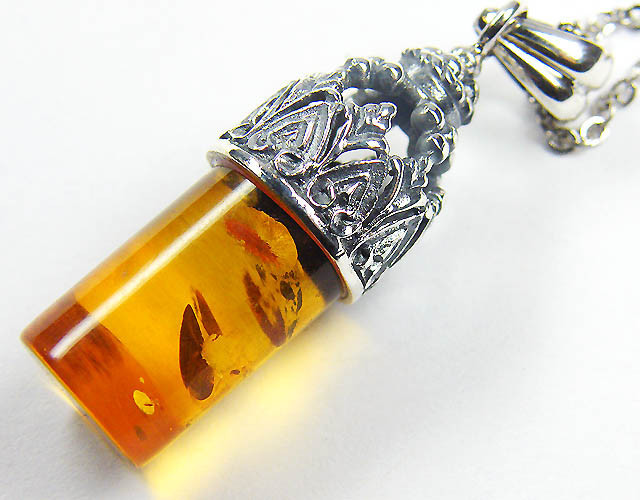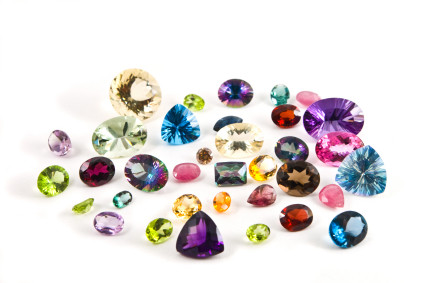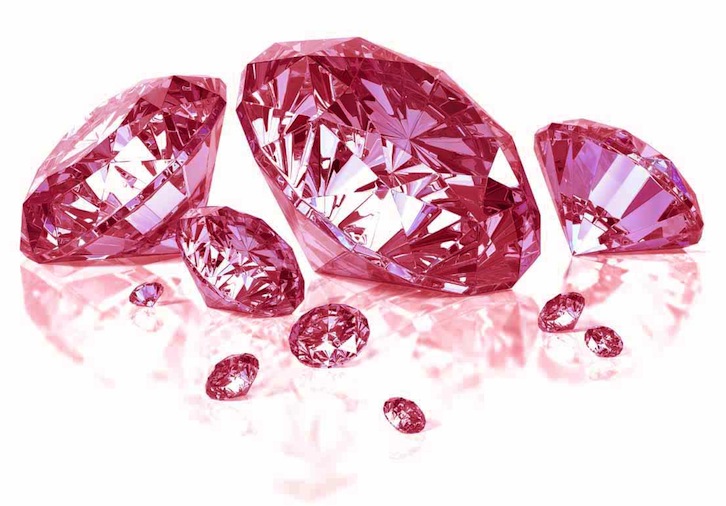Formerly called fluorspar, fluorite has a wide range of colours including yellow, blue, pink purple and green. It is an interesting and beautiful stone because often more than one colour occurs in a single stone. The ancient Egyptians used flourite to carve statues and scarabs. The Chinese have used it in carvings for over 300 years. In the 18th century, fluorite was powdered in water to relieve the symptoms of kidney disease.
Locations where fluorite is found include Canada, USA, South Africa, Thailand, Peru, Mexico, China, Poland, Hungary, Czechoslovakia, Norway, England, and Germany.
Over the last several centuries numerous mines and prospects in the Weardale area have yielded enormous amounts of both lead and later, fluorite ores. As a byproduct of this mining, many well crystallized specimens of fluorite and other minerals were recovered and are today found world-wide in both public and private collections. Fortunately for the mineral collecting community, there was a high level of interest in collecting and preserving mineral specimens in the UK during the late 19th and early 20th centuries, when many of these mines were at their peak production.
This interest provided an economic incentive for miners to preserve attractive specimens, known locally as “Bonnie Bits”, which they could readily sell to collectors and dealers. Coupled with this was a variable, but generally tolerant attitude on the part of the local mining companies toward collecting by the miners.

